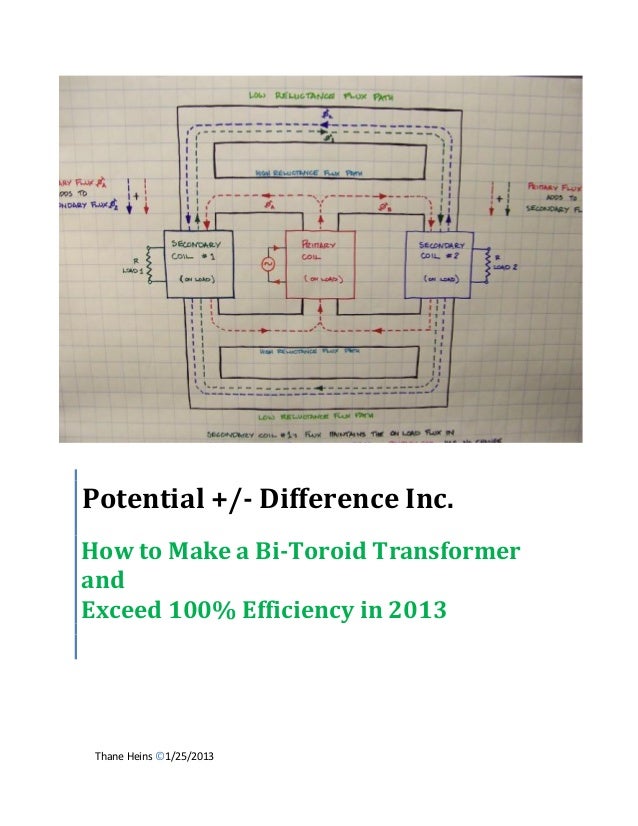Hi folks, Hi mike, going to try a small bitt using these ferrite flyback cores i just pulled out of the coil forms.
The bottom core pieces are larger than the top primary pole piece.
This should help keep the induced secondary magnetic fields within the bottom core and reveal some effects, we hope.
peace love light

The bottom core pieces are larger than the top primary pole piece.
This should help keep the induced secondary magnetic fields within the bottom core and reveal some effects, we hope.
peace love light











Comment